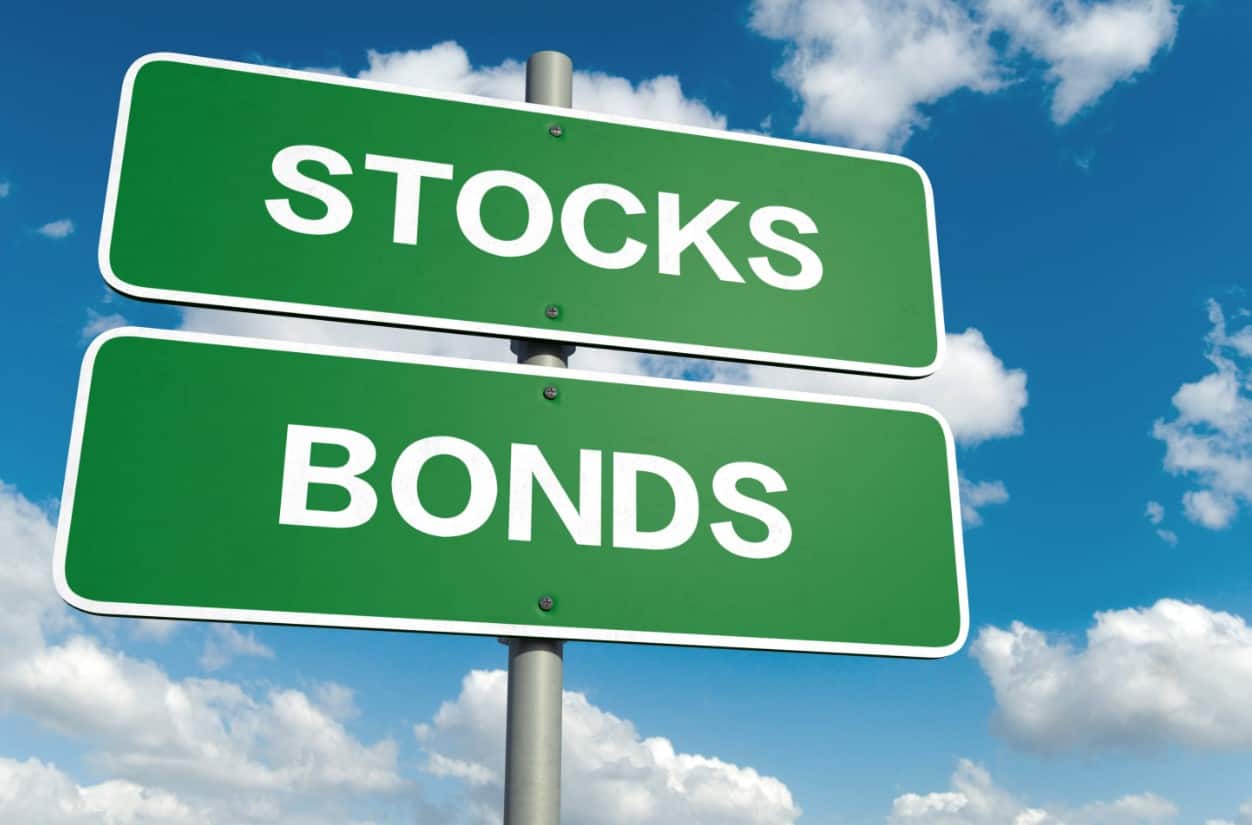The U.S. Treasury market’s rally is nearing an end, and the looming selloff could drag the stock market down with it, strategists warn.
Strong demand for Treasurys in recent weeks has pushed the benchmark 10-year yield below 1.20% after peaking at 1.8% in March. The decline came amid a drop in U.S. Treasury issuance that left investors fighting over limited supply.
U.S. Treasury yields fall as bond prices rise.
“US government bond technicals have been overpowering everything over the last quarter,” said Deutsche Bank strategist Jim Reid in a recent note to clients.
“There are signs these will ease over the coming weeks,” he added. “So much so that if yields are still ultra-low by the end of September, there will be real evidence of something more structural keeping yields as low as they are.”
Citigroup strategists, led by Robert Buckland, say the absence of a widening in credit spreads indicates all is well in the global economy.
A coming rebound in issuance, ongoing economic recovery and likely tapering of the Fed’s asset purchase program will “push the 10-year bond yields back towards 2%,” the strategists wrote. Federal Reserve Chairman Jerome Powell said last month that the central bank was still “a ways off” from tapering its asset purchases and hiking interest rates.
The impact of rising yields on the stock market depends on what happens to real yields, or those adjusted for inflation, according to the Citigroup strategists.
They forecast the 80-basis-point rise in the 10-year yield, from 1.2% to 2%, will be accompanied by a 70-bp increase in real yields.
That increase in real yields could prove “challenging” due to the close relationship between real yields and stock-market performance, the strategists wrote.
Growth stocks “seem especially sensitive to real yields,” wrote the strategists, who lowered their outlook for U.S. equities to “neutral.” Growth stocks have been instrumental in the S&P 500’s 98% rally off its March 2020 lows.
Goldman Sachs strategists now assume the 10-year yield will “climb modestly” to 1.6% by year end. Their previous forecast was for the 10-year to reach 1.9%.
Assuming the passage of tax reform, they believe the S&P 500 will rally 7% to 4,700 by the end of this year with high-margin growth stocks being the winners.
However, they warn a scenario where interest rates rise more than expected due to an improving economy, persistent inflation and Fed tightening give the S&P 500 an implied fair value of 4,350, or 1% below current levels.

